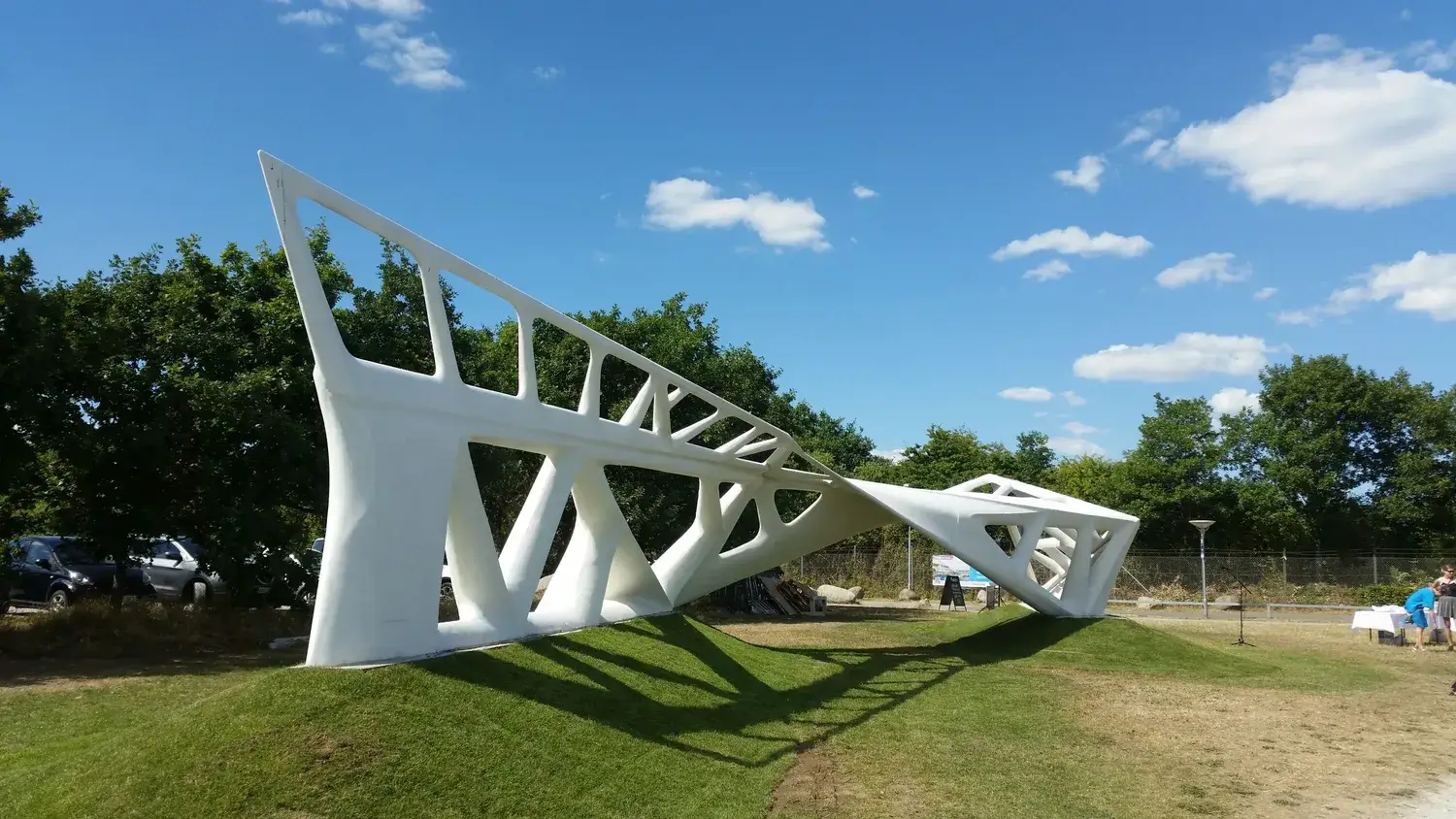
UDFORSK VORES PUBLIKATIONER
Velkommen til Hi-Cons videnscenter, din ultimative ressource til information om vores innovative løsninger og produkter inden for ultra højstyrkebeton (UHPC). Som førende producent af UHPC siden 2001, specialiserer vi os i at skabe stilfulde og tilpassede altaner, trapper, facader og broer ved hjælp af vores betontype, CRC.
Vores videnscenter er dedikeret til at give værdifulde indsigter, testresultater, dokumentation, beregninger og produktdeklarationer. Uanset om du er en nuværende kunde eller bare er nysgerrig på beton, inviterer vi dig til at udforske vores materiale og opdage de uendelige muligheder der er.
Vi håber, du vil nyde at dykke ned i vores univers og blive mere bekendt med vores materiale. Hvis du har nogen spørgsmål eller forslag til emner som du gerne vil have, at vi dækker, er du mere end velkommen til at kontakte os ved hjælp af formularen nederst på siden.
Vi er altid ivrige efter at høre fra dig og hjælpe dig med at lære mere om vores innovative betonløsninger.
Er du i tvivl om, hvad UHPC CRC i2 egentlig er? Så foreslår vi, at du læser mere om det her:
